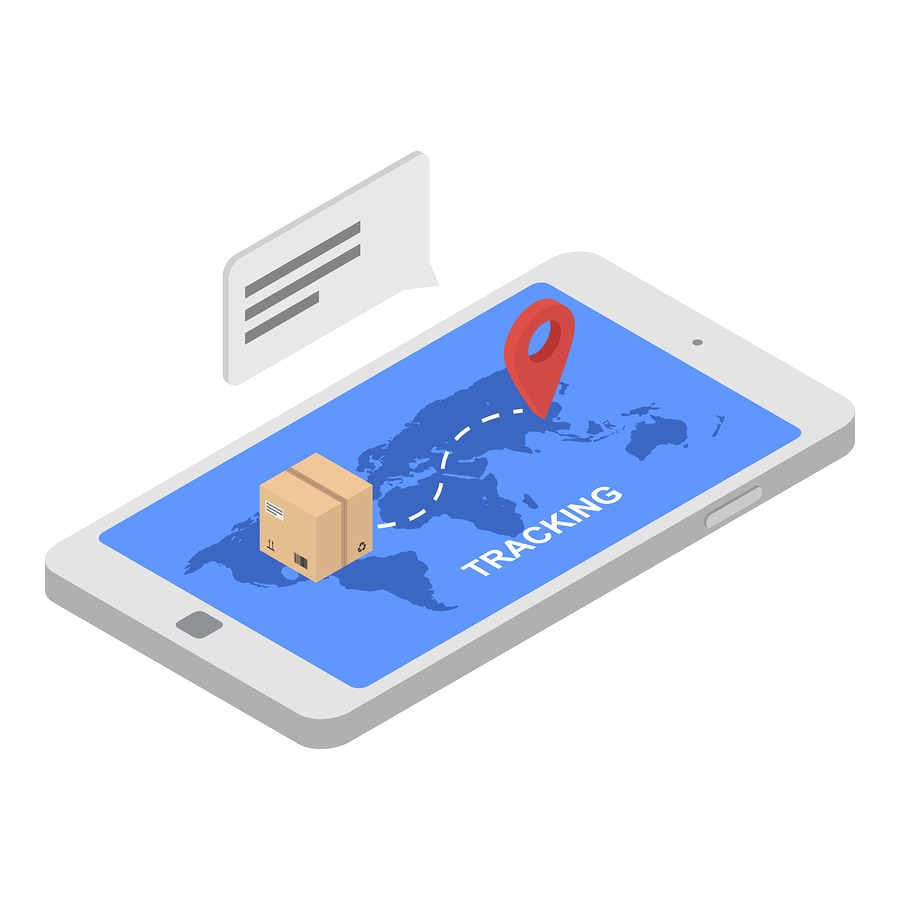Australia Post recently announced it wants to use Uber-style tracking for parcels. It’s an interesting and possibly courageous move because there are few similarities between parcel delivery and ride sharing services.
But the development raises some interesting key question for small business, such as: how would our business look with Uber-style tracking? Will more transparency make us look good to our customers, or make us look silly?
Parcel tracking does not offer the same near-instant gratification available to Uber’s ride-sharing customers. When Uber customers place a request, they are quickly alerted to a nearby Uber vehicle and can watch its progress to the customer’s address. In urban areas this procedure takes only minutes. Can a parcel delivery provide such an instant response?
Consider the risks if parcel delivery customers are paying attention and seeing their parcel taking the “scenic route” to the destination, parked for an inordinate period, or constantly dropping back to the depot. Greater scrutiny has potential to backfire on inefficient companies.
Even seasoned logistics divisions are often shocked by what is revealed under technology’s cold gaze. No doubt Australia Post is working hard to ensure systems and processes stack up to this increased scrutiny.
But the benefits from increased transparency easily outweigh the risks. I know auto parts companies with small delivery fleets which use telematics to provide their customers with total transparency – essentially already using Uber-style tracking. Some of these fleets may only have three or four vehicles and use the technology to gain a competitive edge on the big guys. Their customers love this transparency, and the technology has helped make the business better.
Efficiency in delivery fleets cannot be understated, with both B2B and B2C businesses currently engaged in a “logistics arms race” of ever-shorter delivery times.
Those who are less efficient will be left behind. Yet there is evidence many fleets are lagging on efficiency by not properly engaging with technology: Teletrac Navman research on its UK operations showed 27 per cent of fleet organisations are interacting with the telematics technology on a daily basis – not bad, but doesn’t this also suggest 73 per cent of organisations aren’t so attentive? A 2015 ACA Research survey showed that while most large fleets use telematics the take-up falls dramatically for fleets between six and 25 vehicles (49 per cent), and for fleets with less than six trucks the take-up was just 18 per cent.
Technology’s many benefits are often found beyond the bottom line: customer service may not immediately show up as a ROI yet may foster greater customer loyalty.
Aside from improved delivery times technology should also lead to increased professionalism, and more accuracy in delivering items in full, undamaged and on time. These may take time to track as a measurable ROI.
Responsive and efficient logistics businesses understand telematics and related technologies are what you make them. Those prepared to put in the effort and focus on efficiency – often on a daily basis – will shine under greater scrutiny, impress their customers and remain competitive.
Walter Scremin, General Manager, Ontime Delivery Solutions
















